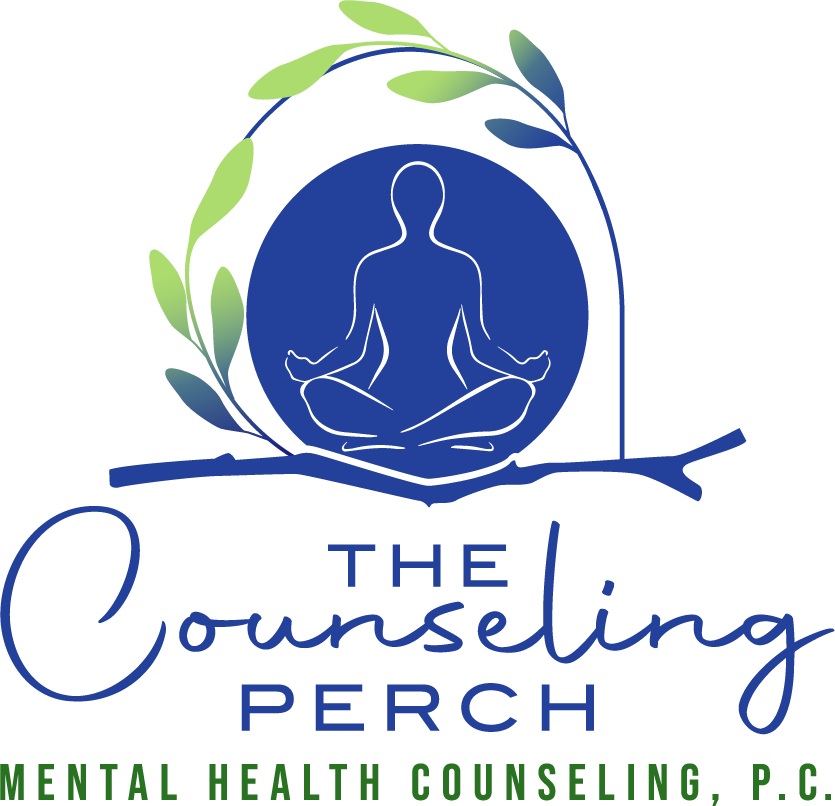Pleasant Activities List: Why You Should Have One
A pleasant activities list is a tool that can help improve mood and reduce anxiety and stress. Many people tend to already have a few hobbies and leisure activities that they enjoy doing. However, the frequency and attention given to recreation will depend on a few factors. Time being the biggest one.
When faced with limited free time, a high percentage of people will use it to scroll on their phones. Responding to texts or emails, using their favorite social media platform. Social media becomes an easy go to when we want a little bit of distraction or entertainment. As an anxiety therapist in Rockland County, NY, many clients maintain that social media offers a diversion from their anxiety.
Though social media serves its purpose for a temporary distraction, it may not necessarily lead to a better mood. In fact, there are numerous studies indicating that prolonged use of social media has an adverse effect on mood and increases anxiety. This makes a good case for keeping our electronic devices and social media use to a minimum.
In contrast, research shows that participating in meaningful and value-based activities will provide a boost to mood. This is especially true when we make a commitment to participate in activities even when we aren’t feeling our best. Whether it is depression, anxiety or stress, engaging in pleasant activities consistently has the potential to add to our wellbeing.
Why You Should Create a Pleasant Activities List
When we are caught up in moments of distress and overwhelm, it can be challenging to know what will help. Having a pleasant activities list to refer to will take the guesswork out of choosing something to do when feeling stressed. It also serves as a reminder of things we enjoy, find meaningful, and worthwhile.
Pursuing a special interest or hobby can be motivating because it gives us something to look forward to.
Take some time to think about the types of things in life that bring meaning and enjoyment. What are the things that nurture your mind, body and spirit? What will nourish your emotional and psychological needs? Do any images come to mind when you think about feeling well? Feeling happy? Use your imagination and creativity. This is a list for fun! Not a grocery list or another to-do list. Write all ideas down on a piece of paper.
What Should a Pleasant Activities List Contain?
The list should be specific to you, your personality, your likes, and your personal tastes. It can contain solo activities that you plan on doing on your own. Or, they can involve other people or pets and can be done jointly with others. It’s really up to you.
There are a few tips that can help you get the most mood boosting benefits. One is to make sure that your list contains value-based activities.
Value-based activities
Value-based activities are those that are in line with your personal values and beliefs. To learn what your values are, ask, “What is important to me?” You may come up with a few different responses. Physical and mental wellbeing, family, time with friends and being social, education, and spirituality are a few common ones.
For example, do you value physical fitness and health? Doing something that is related to this value will make it more likely to boost your mood. Going for a walk, lifting weights, or getting your body moving in some way is an action step. The goal with a pleasant activities list is to take action toward something that will help you feel better.
You can combine several values into one activity. For example, if you value education and having a social life, reading a book with members in a book club will target both of these.
Enjoyable activities
Make sure that your list contains enjoyable activities. These don’t have to necessarily be value-based or related to your belief system and life purpose. These are much simpler and you do them simply because they bring you joy. They don’t have to be so thoughtful or deliberate. For example, watching tv, crocheting, getting a manicure, consuming a hot cup of coffee all count.
Accomplishment-based activities
Lastly, your list of pleasant activities should contain activities that lead to a sense of accomplishment. Sometimes, we like doing something or don’t mind it but put it off indefinitely when we aren’t feeling well.
For example, if you are someone that likes to organize or maintain cleanliness, you may experience increased stress the longer you procrastinate on these tasks. If you usually like the feeling of getting to the bottom of an overflowing laundry basket, add it to the list! It’s time to do it. You’d be surprised how much taking a small action step toward getting it done can help.
If you usually enjoy the change in seasons but have been struggling with transitioning your decorations, take one small step toward completing this task. You may start with putting away the previous seasons’ decor. That’s one step. That’s one accomplishment! You’re already on your way!
Getting a balance of these types of activities can greatly improve your mood and reduce stress.
Scheduling and Planning for Follow-Through
Planning and scheduling activities is important. If it is already on the schedule, you are more likely to do it. You may be less likely to create excuses as to why you can’t follow through if you have already scheduled in the time.
In addition, staying with the schedule and doing it anyway will give you those feel-good feelings of accomplishment. Even if your mood isn’t great, you may notice that when you started something, you felt better. Sometimes the change in mood isn’t exactly what you wanted. But, you may still experience a slight beneficial change.
The important thing to remember is that any action can get the ball rolling in the right direction.
Keep track of your mood and emotions as you do these activities. This will help you figure out what you want to continue vs. eliminate. If you are continually doing an activity that doesn’t help you, there is no need to continue. Return to your list and select something else. There is nothing wrong with this and can happen to everyone.
Give yourself permission to observe your thoughts and emotions without judgment. You are now just more informed of which activities feel good for you and which ones you don’t. Gaining information and insights is always a positive thing. You can adjust the pleasant activities list as needed.
Once you decide which activities you want to keep and continue to try, you can schedule them into your routine.
Scheduling Strategies
- Choose days and times that are doable for you and less likely to be met with barriers. Anticipating possible interruptions and planning around them will increase the likelihood that you will follow through.
- Start small. If you want to start exercising again, going from zero days to everyday is very large jump. An example will be to start with choosing one day in the week and set a specific start and end time. For example, “I will do cardio exercise on Tuesday morning for thirty minutes.” You can increase frequency from there.
- Watch out for negative thoughts that get in the way. Two common ones are, “I don’t have the energy to do this” or “I don’t have time.” You may not initially feel that you have the energy or the time. However, remember that not all of the circumstances have to line up or be perfect. When these thoughts come up, remind yourself that you want to feel better.
Scheduling in 10-15 minutes of your day for self-care can make all the difference. Journaling, listening to music, going for a walk, talking with a friend are all things that can be done in a short amount of time. If you need some other ideas of things you can do, check the sample list below.
Sample Pleasant Activities List
- Read a book
- Go for a walk in nature
- Call a friend or family member
- Crochet or knit
- Bake your favorite dish
- Listen to music
- Write in a journal
- Light a scented candle
- Play boardgames
- Visit a museum
- Go to the movies
- Organize a space in your home
- Exercise
- Paint or draw
- Go to the park
- Take a drive on a scenic route
- Gardening
- Watch TV
- Play a sport
- Dance
- Meditate
- Solve crossword puzzles
- Try something new
- Invite a friend to lunch
- Play or learn to play an instrument
- Take a warm bath
- Go shopping
- Spend time with your pet
Begin Counseling With a Therapist in Rockland County, NY
The Counseling Perch Mental Health Counseling, P.C. offers counseling to residents in New City, NY and all over Rockland County, Westchester County, and New York State via online video platform. Call to schedule an appointment.







